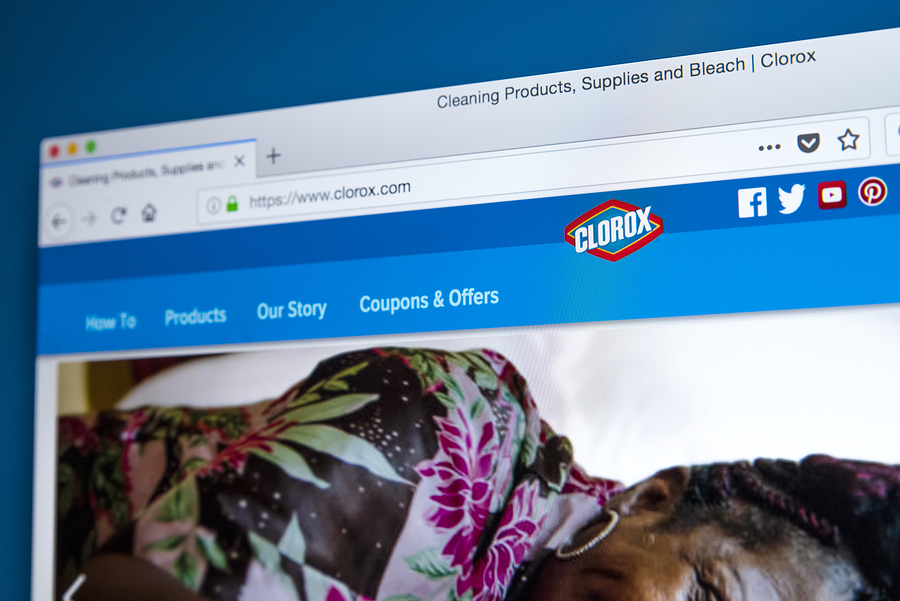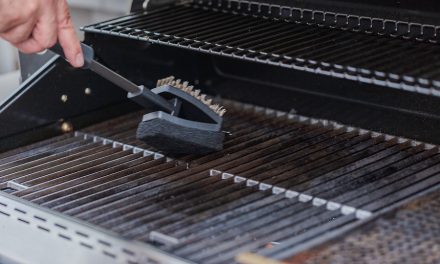You might be shocked to learn that since 2017 Eureka Resources has been treating wastewater from shale gas development (or “fracking”) and packaging the crystal byproduct as “Clorox Pool Salt” for sale. (Fracking wastewater gets trucked to Eureka Resources where it’s treated and turned into salt.)
While the Pennsylvania based company “uses Clorox packaging and trades in Clorox products,”1 they don’t actually deal directly with Clorox. In fact, the bags are palleted for an unnamed third-party distributor and “sold to regional stores like Wal-Mart, Home Depot, and Lowes.”1
RELATED STORY:
Operating in the state since 2008, Eureka Resources cites their own “four-step patented treatment system that involves pretreatment, distillation, crystallization and dewasting”1 and stands by the safety of their product. In an interview, Jerel Bogdan, Vice President of Engineering at Eureka Resources, said that their patented system is “the only one in Pennsylvania that has proven and demonstrated to the DEP that our technology can generate dewasted water. To our knowledge there is no one else in North America who’s able to do that with oil and gas brines.”1
But as a consumer, wouldn’t you want to know- FROM THE COMPANY- that the product you are buying has nothing to do with the brand name Clorox and that what you are putting in your pool, to swim in, is just “cleaned” fracked wastewater? I know I would. But no, the Clorox pool salt packaging is not labeled to inform consumers that the “salt is a byproduct of fracking wastewater and handled in a facility that processes radioactive waste.”1
According to Eureka, their facility at Standing Stone is “’capable of producing clean distilled water, concentrated brine, dry sodium chloride (NaCl) salt and approximately 30% calcium chloride (CaCl)’ out of water that contained carcinogens, trade-secret chemicals, heavy metals, and high levels of radioactive material.”1
Oh and get this, in 2015 before it was possible for them to use the salt byproduct for pools, they sold over 4,000 tons of feedstock to Cargill. So you might have eaten “cleaned” up fracked wastewater, too.
I’m sorry but I trust the EPA as far as I can throw them…so basically I don’t trust them...and I refuse to believe that this is safe or healthy for animal consumption. Let alone for humans to essentially bathe in.
RELATED STORY:
“The solids leftover after wastewater treatment, often referred to as sludge, are hauled to area landfills that can accept radioactive waste.
Once the wastewater is treated the state no longer recognizes the remaining water as waste. It can then be discharged into a waterway with an NPDES permit from the EPA. According to Eureka’s 2018 records at Standing Stone, the company discharged 18,281,676 million gallons into the Susquehanna River watershed, for 36,044,422 treated gallons of wastewater.
After treatment, Eureka’s salt is still considered a residual waste by the Pennsylvania Department of Environmental Protection’s (PADEP) WMGR123 permit to operate a waste facility. In 2016, after a “torturous process,” DEP granted Eureka special permission through this permit to package the salt for commercial use. Across Pennsylvania, DEP manages 71 WMGR123 permits, as of spring 2018, with 34 of them active in some form.”1
In an exclusive agreement with the state, Eureka ensures the salt is screened four times a year for radioactivity. However, there’s no daily screening and quarterly tests have detected radioactive compounds in the salt- albeit at levels below background conditions- but still “the radioactive material in fracking wastewater, such as radium-226, can be 1000 times or greater than what’s considered safe for drinking water.”
RELATED STORY:
This should concern us all.
And it does concern Dr. Daniel Bain, a research professor at University of Pittsburgh’s Department of Geology and Environmental Science. He said, “I’d want to see some screening being done to know if Technically Enhanced Naturally Occurring Radioactive Material (TENORM) is being detected. I would assume the TENORM would be taken out of the salt. But all it takes is a little glitch in the process and you can have a dirty salt at some point.”(TENORM is used to describe enhanced radioactivity coming from fracking wastewater and is created when naturally occurring radioactive material (NORM) is released and concentrated by human activity, as is the case for wastewater produced by hydraulically fracturing shale deposits for oil and gas.)
This is an issue that should have been brought to the public’s attention long before now and needs more study and stronger regulation. Please share this story.
SOURCE:












